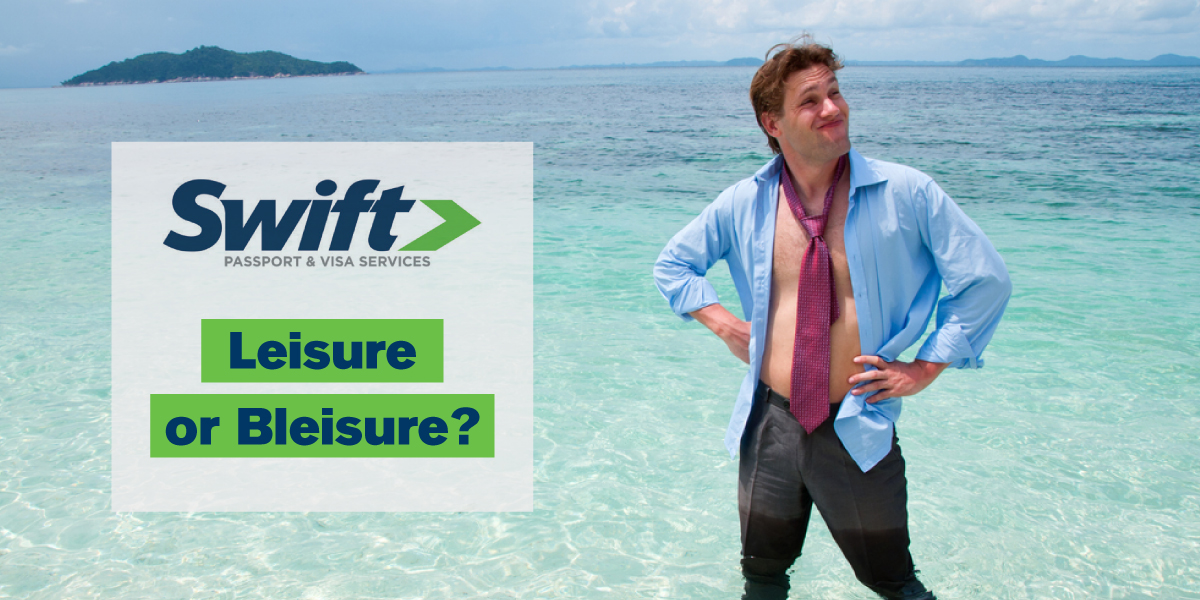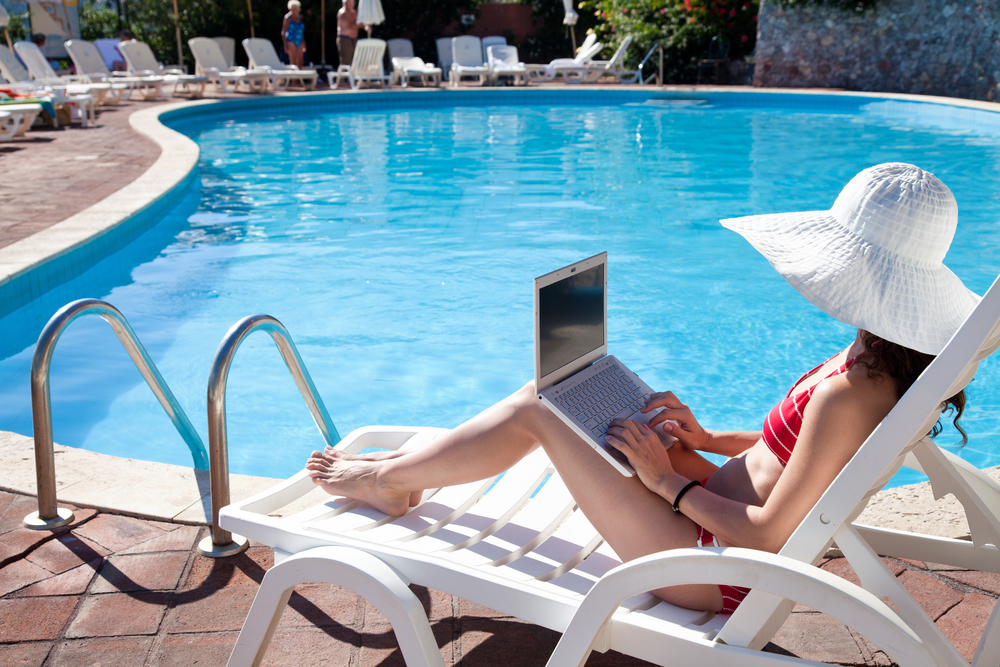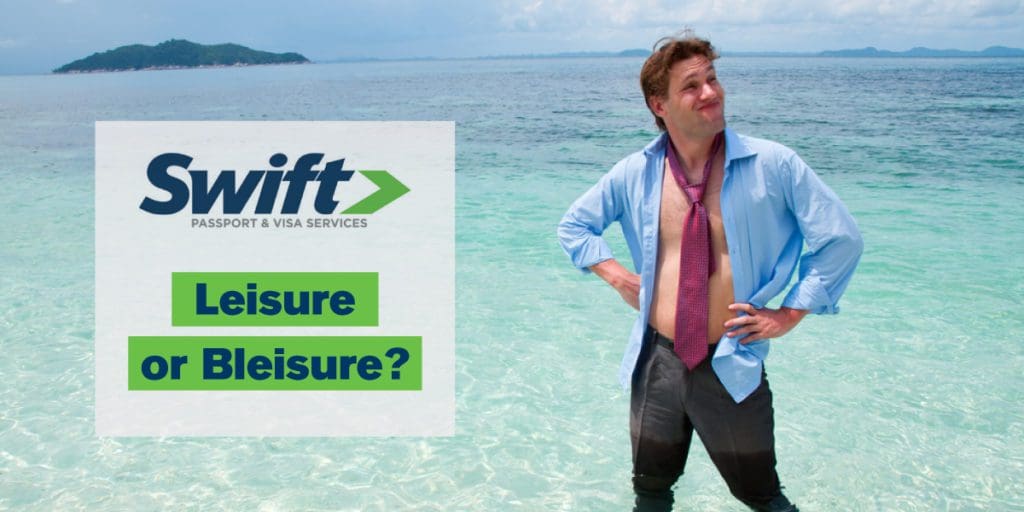
Amazon CEO Jeff Bezos recently advocated a blended approach over the delineation of work-life balance, but today’s business travelers are already one step ahead.
“Bleisure” has long been on the rise. This international trend (also termed “workcations”) blurs the line between business and leisure travel. Over the last decade, more and more people are extending their business trips to include time for sightseeing, adventure, and relaxation. According to a survey by Great Hotels of the World (GHOTW), 75% of business travelers added leisure to a work trip at least once in the past year. Those who travel more frequently for work (5+ trips a year) are even more likely to partake.
This mix of work and play isn’t likely to go away. Advancing technology and globalization has brought travel to the forefront for both business and pleasure. In fact, Report Consultants project the global bleisure travel market to reach $1,657 billion by 2023.
Many assume that travel-hungry Millennials are the driving force. However, bleisure is proving to be popular among every generation of today’s workforce. The State of Business Travel Survey found that 90% of Millennials participate in bleisure, with Generation Xers and Baby Boomers just slightly behind at 81% and 80%, respectively. Whether you’re a single young professional or an executive with a family of four, here’s why workcations are catching on and how to take advantage.
Who benefits from bleisure?
The appeal might be obvious for employees, but employers also have plenty of reasons to support the bleisure trend.
Travel can be exhausting, especially for frequent flyers and long-distance trips. Adding leisure to the itinerary can be one of the best remedies for stress and burnout. Bleisure travelers report feeling more relaxed and gaining a better understanding of the city and culture that they’re working in, which can improve their relationship with local clients.
According to a Global Business Travel Association (GBTA) survey, 84% of business travelers say that the quality of their travel experience affects their business results. Plus, 79% say it even impacts their overall job satisfaction. Employers who include bleisure in their corporate travel policies not only improve performance, but they also boost employee engagement, motivation, and retention.
Cost savings are also mutual. Recent data shows that almost half of Millennials and 34% of non-Millennials list saving on vacation expenses as a major motivator for bleisure travel. Employers typically cover plane tickets, but they end up paying less when their employees arrange flights outside of peak business travel times. As another money-saving tactic, 28% of GHOTW survey respondents reported changing accommodations between the business and leisure parts of their trip, such as to a cheaper hotel, vacation rental, or Airbnb. Don’t forget about travel rewards. If you can earn points on travel covered by your employer, that can also help make your leisure portion more affordable.
Bleisure trips don’t have to be solo vacations, either. From GHOTW’s survey, 56% of travelers had friends or family join them, with 29% adding three or more people to their group.

How to plan a bleisure trip
Bleisure can take on countless forms, but here are some best practices to follow.
- Be honest and follow your company’s policies.
First check to see if there are any bleisure guidelines you need to follow. While only a small number of companies clearly define this in their business travel policies, it’s important that you adhere to the rules, especially when your employer is covering the costs. Be clear with your team and supervisors which days you plan to work and which days you plan to take off.
- Know what and what not to expense.
Even if there’s no set policy at your company, make sure you’re clear on what you can get reimbursed. Some companies provide a fixed per diem meal allowance, while others give a corporate credit card for approved expenditures. While your flights are covered, ground transportation may be your responsibility. It’s easier to track your invoices by splitting your bleisure trip into full days of work and vaction instead of half.
- Make the most of timing.
The fewer “vacation days” you take, the better. The ideal bleisure trip tacks on a weekend either right before or after your work days to minimize the hit to your paid time off. Even better, look out for any extended holiday weekends, like Labor Day or Memorial Day, for more free vacation time.
- Explore nearby destinations.
If the location for your business trip doesn’t excite you, see it as a launching point to another, more attractive alternative. Depending on distance and your travel route, you might be able to arrange for a layover in a major travel hub like London, New York, or Tokyo.
Now that you’re ready for your next bleisure trip, it’s time to pick your dates and destination. Swift Passport Services is here to help you secure the travel documents you need to get there.

